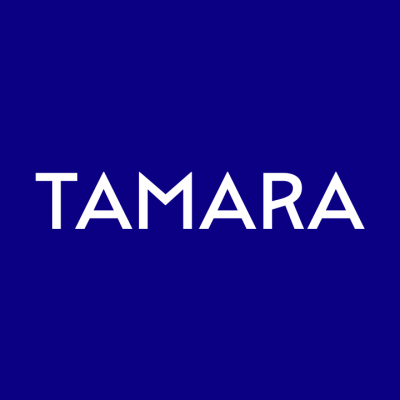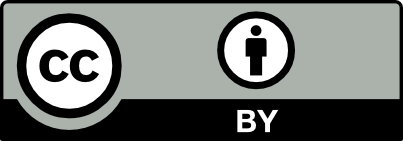Parasites and Self-Organization Or is Self-Organization Researchable?
Hugo Letiche
University of Humanistics, Utrecht
2007 6 (2) Tamara: Journal for Critical Organization Inquiry








